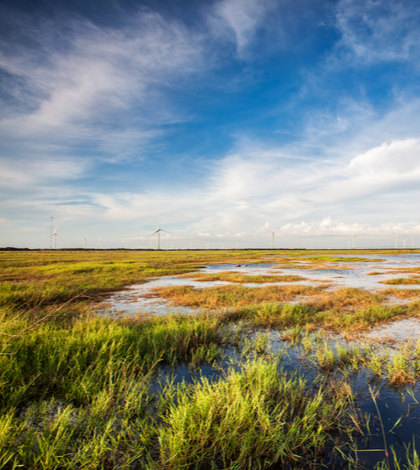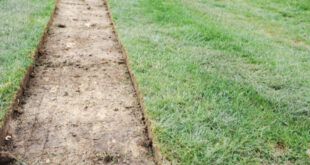Based largely on the scientific conclusions used for the existing U.S. Army Corps of Engineers’ wetland definition and regulatory programs, California’s State Water Resources Control Board (SWRCB) adopted Water Resources Control Board on Tuesday, April 2. The newly adopted rules provide a common, statewide definition of what constitutes a wetland.
The new rules are defined by two components that support each other. Rules as to what is considered a wetland and a framework for determining if a feature defined as a wetland is in fact a “water of the state” subject to regulation is spelled out. Secondly, the rules clarify requirements for permit applications to discharge dredged or fill material to any water of the state. Additionally, the new rules provide a common, statewide definition of what constitutes a wetland allowing for consistency in the way the State Water Board and its nine regional water boards regulate activities to protect wetlands and other waterways including rivers and streams, and bays and estuaries.
“Californians take pride in balancing both the ecologic and economic needs of our state,” said State Water Board Chair E. Joaquin Esquivel. “It’s critical we established this consistent statewide framework that protects and enhances our most sensitive water resources, while creating regulatory certainty for housing, agriculture, water managers, conservationists, and communities.”
Contrary to the existing U.S. Army Corps of Engineers’ wetland definition, the State Water Board’s definition will also protect non-vegetated wetlands, such as desert playas, that otherwise would not be covered under federal jurisdiction. The state’s new definition of “waters of the state” are broader than “waters of the United States” and what is covered by federal regulation. The state’s definition will broader than “waters of the United States” covered by federal regulation.
California’s efforts to adopt rules defining waters of the state have been in development for more than a decade. Although early draft versions of the were released to the public in 2016 and 2017, state employees began conducting informal stakeholder meetings to develop the wetland definition and requirements in 2008. After seeking widespread and in-depth public and stakeholder input, a revised draft was issued in January 2019. Four workshops and one-on-one meetings with various interest groups have been held since ten to listen to, glean stakeholder concerns and vet the new rules.
The newly adopted rules include:
- Clarification of what is considered a wetland – and what is not – for the entire state.
- Provisions of a common framework for monitoring and reporting the quality of California’s remaining wetlands.
- Help to ensure no overall net loss, and promote an increase, in the quantity, quality, and sustainability of waters of the state, including wetlands.
- Improvements in transparency and consistency across the State Water Board and the nine Regional Water Quality Control Boards in how discharges of dredged or fill material in sensitive waterways are monitored and regulated.
- Avoiding duplicate work and streamline requirements to cover all waters of the state, so both state and federal environmental concerns are addressed at once.
A fact sheet regarding the new rules is available at: https://www.waterboards.ca.gov/water_issues/programs/cwa401/docs/wrapp/dredge_and_fill_draft_procedures_fact_sheet_022519_update.pdf. For additional information on the State Wetland Definition and Procedures for Discharges of Dredged or Fill Material to Waters of the State, visit: https://www.waterboards.ca.gov/water_issues/programs/cwa401/wrapp.html.
 California Water News Daily Your Source For Water News in California
California Water News Daily Your Source For Water News in California


